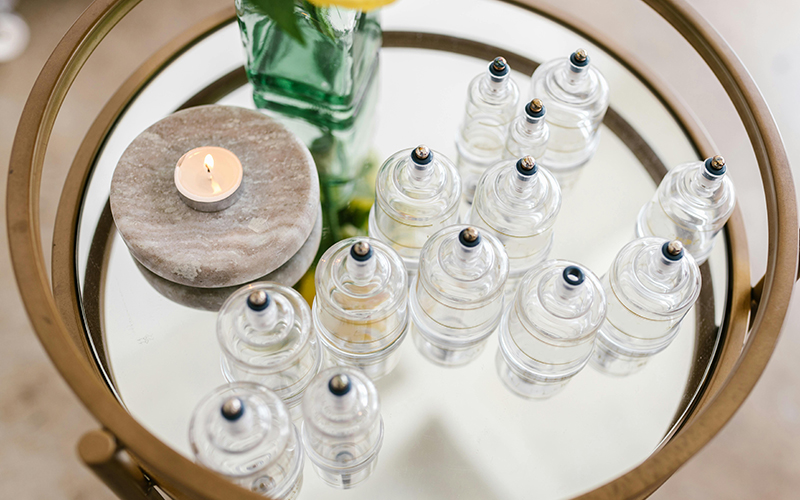Cupping therapy, a form of alternative medicine that has its roots in ancient Chinese, Egyptian, and Middle Eastern cultures, has gained widespread popularity in recent years as a complementary treatment for various ailments. This therapy involves placing cups on the skin to create suction, which is believed to stimulate blood flow and facilitate healing. The cups can be made of glass, bamboo, earthenware, or silicone and can be applied hot or cold. Despite its ancient origins, modern practitioners and patients alike tout the numerous health benefits of cupping. Here, we delve into the science and art of cupping therapy, highlighting five of its most significant benefits.
1. Pain Relief
One of the most acclaimed benefits of cupping therapy is its ability to alleviate pain, making it a popular treatment among athletes and individuals suffering from chronic pain conditions. The suction created by the cups is thought to release deep tissues, reduce inflammation, and promote blood flow. This can help relieve muscle stiffness and lower back pain, as well as pain associated with conditions such as arthritis and fibromyalgia. The improved circulation facilitated by cupping can also hasten the healing process of areas afflicted by pain.
2. Promotes Relaxation
Cupping therapy can have a profoundly relaxing effect on the body. The process of applying the cups is typically quite gentle, and the suction effect is often described as a deep-tissue massage. This can help to reduce stress and tension in the muscles, promoting a state of relaxation similar to that achieved through traditional massage techniques. For many, this reduction in physical tension also leads to reduced mental stress and a heightened sense of well-being.

3. Detoxification
By encouraging blood flow to the areas of the body where the cups are applied, cupping therapy can help to purify the blood and flush away toxins. The increase in blood circulation helps to eliminate built-up toxins through the lymphatic system. Practitioners of cupping often focus on areas of the body that are known for stagnation, thereby promoting overall health and boosting the immune system.
4. Skin Health Improvement
Cupping therapy can also have aesthetic benefits, particularly in the realm of skin health. The enhanced blood flow can improve the skin’s appearance, reducing acne and eczema symptoms, and even diminishing the appearance of cellulite. The practice is also said to promote collagen production, leading to firmer, more youthful-looking skin over time.
5. Respiratory Conditions
Cupping has been traditionally used to help with respiratory conditions and congestion by improving immune function and promoting lung health. It can be particularly beneficial for those suffering from colds, asthma, and allergies. By targeting the back and chest area, cupping can help to loosen phlegm and facilitate the body’s natural process of expelling it, thereby relieving congestion and improving breathing.
Despite its numerous reported benefits, it’s important for individuals interested in trying cupping therapy to consult with a qualified healthcare provider to ensure it’s appropriate for their specific health needs. While cupping is generally considered safe when performed by trained professionals, it can cause skin discoloration, bruising, and in rare cases, more severe side effects.
In conclusion, cupping therapy offers a unique approach to health and wellness, deeply rooted in ancient traditions yet embraced by modern practitioners for its myriad benefits. From pain relief and relaxation to detoxification and improved skin health, the potential benefits of cupping make it a compelling option for those seeking alternative methods to support their overall health and well-being. As always, it’s important to approach any new health practice with informed caution and professional guidance.

